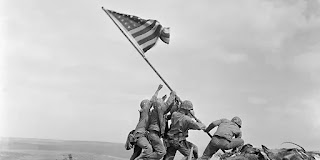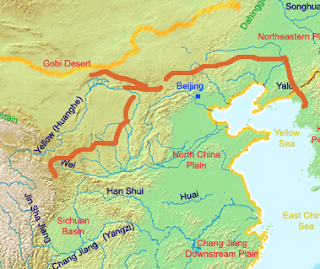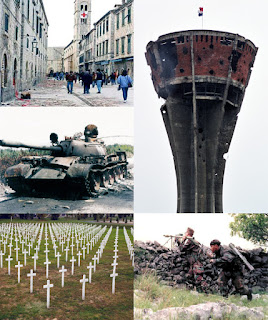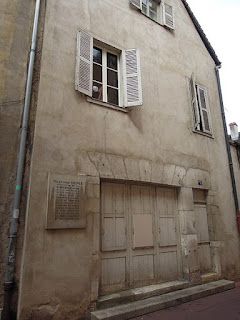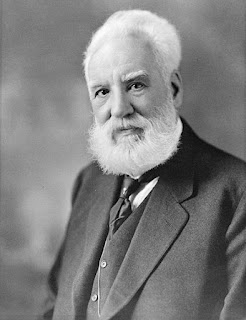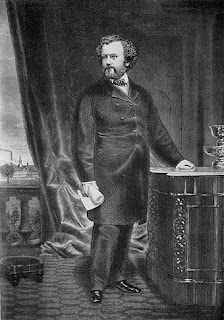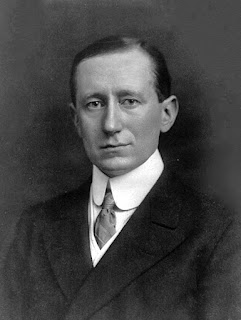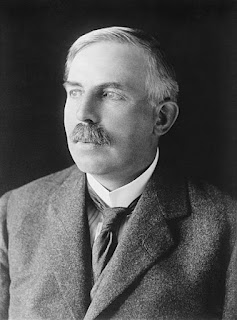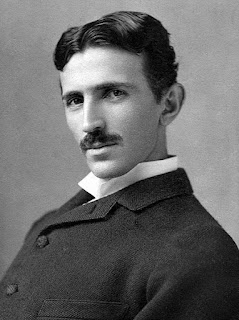Islam's ban on alcohol and how it's applied.
.jpg)
DOHA, Qatar -- Just two days before the World Cup opener, host nation Qatar banned the sale of beer at stadiums in a sudden U-turn that was criticized by some and welcomed by others. Qatari officials have long said they were eager to welcome soccer fans from around the world to the tournament but that visitors should also respect their culture and traditions. Alcohol consumption, impermissible in Islam, is one of the areas where the country has been attempting to strike a delicate balance. Here’s a look at some of the issues related to alcohol and Muslim beliefs. WHAT DOES THE QURAN SAY ABOUT ALCOHOL? Drinking alcohol is considered haram, or forbidden, in Islam. As proof of the prohibition, Islamic scholars and Muslim religious authorities typically point to a verse in the Quran, the Muslim holy book, that calls intoxicants “the work of Satan” and tells believers to avoid them. Additionally, they cite sayings of Prophet Muhammad and the negative effects that alcohol can have. Beyond ab...
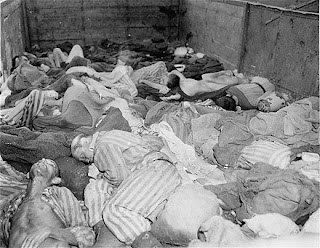
.webp)
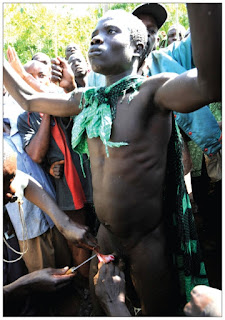
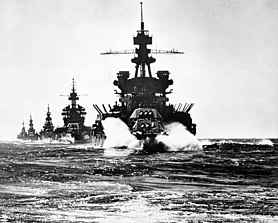
.webp)
